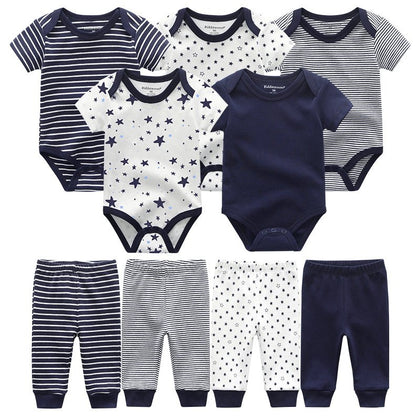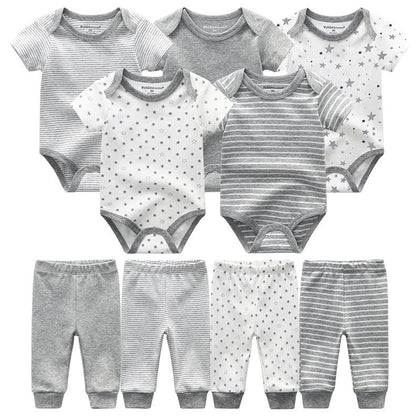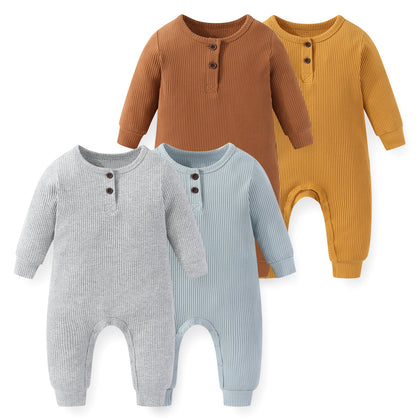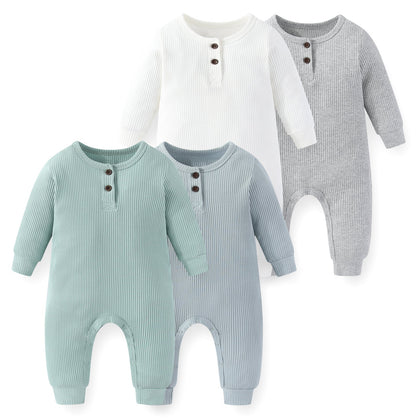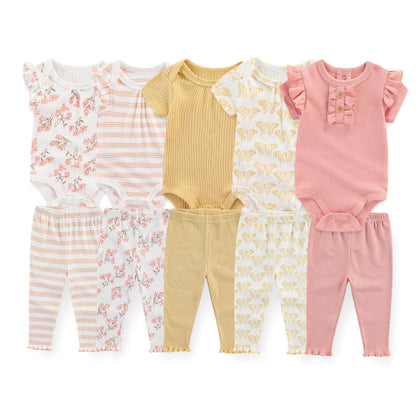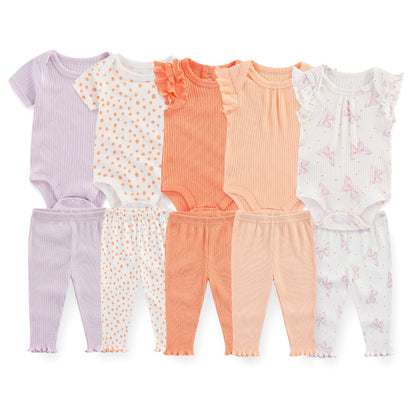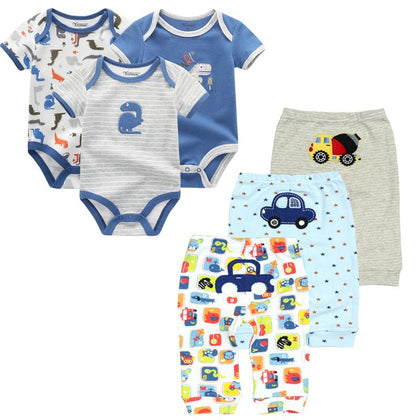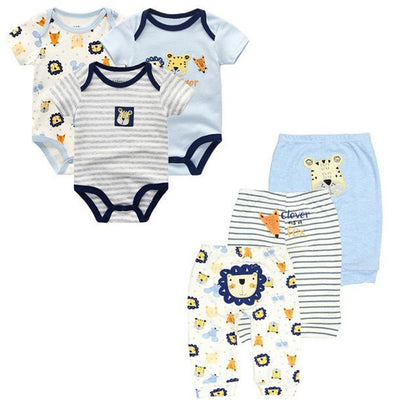Nouvelles
Newborn Care Guide
Baby Feeding
1. Feeding Amounts
- Days 1-3: 5-15 ml
- Days 4-7: 25-30 ml
- After 1 week: 50 ml
- After 2 weeks: 60-90 ml
- After 1 month: 80-120 ml
Note for breastfeeding mothers: It's important to let the baby suckle early after birth to stimulate milk production. The first milk, known as "colostrum," is yellowish and rich in antibodies, often referred to as the baby's "first vaccine." Colostrum is precious, so ensure it is not wasted!
2. Digestion Time
- Breast milk: 2.5-3 hours
- Formula: 3-4 hours
3. Burping
After feeding, hold the baby upright and gently pat their back (using a cupped hand from bottom to top).
4. Early Feeding
Encourage the baby to suckle soon after birth to increase the success rate of exclusive breastfeeding. When holding the baby for feeding, ensure their nostrils are clear. If the baby falls asleep during feeding, gently touch their ear or foot to wake them.
5. Water Intake
It's appropriate to offer small amounts of water up to 6 months of age.
6. Burping Techniques
If the baby cries or drinks a small amount of milk, a gentle pat can help them burp.
7. Vitamin Supplementation
After 14 days of life, begin supplementing with Vitamin AD.
Baby Sleep
1. Sleeping Position
Alternate the baby’s sleeping position between left and right sides to prevent choking and flat head syndrome. It is not recommended for babies aged 1-3 months to sleep on their stomachs due to the risk of suffocation.
2. Sleep Duration
Newborns typically sleep a lot, around 16-20 hours a day.
3. Pillows
Newborns do not need pillows. A thin cloth can be used for support to prevent spitting up.
4. Soothing Techniques
Use shushing sounds or white noise to help the baby sleep. Gently rocking can be effective, but avoid excessive movement as it may impact brain development.
5. Lighting
Keep the lights off during sleep to protect the baby's visual development.
6. Sleeping Bags
Consider using a swaddle-style sleeping bag to provide a sense of security while sleeping.
7. Safe Sleeping Environment
Do not place soft blankets, toys, or other items in the baby's sleeping area to prevent suffocation.
Baby Bowel Movements
1. Meconium
In the first 1-2 days after birth, the baby will pass meconium, which is dark green or blackish in color. After this, normal stools for breastfed babies are soft and golden yellow, typically occurring about 1.5 times daily; formula-fed babies may have 1-2 bowel movements daily.
2. Diaper Changes
Change diapers frequently to keep the baby’s bottom dry and prevent diaper rash.
3. Cleaning
When cleaning the baby’s bottom, wipe gently from front to back.
Baby Hygiene
1. Bathing
Wait at least 1 hour after feeding before bathing the baby, using water at a temperature of 37-40°C.
2. Bathing Products
Use shower gel only once a week (in small amounts).
3. Passive Exercises
Conduct gentle exercises before bathing to aid physical and cognitive development.
4. Touch Therapy
After bathing, engage in gentle touch to enhance the baby’s sense of security.
Basic Care
1. Vaccinations
Administer the hepatitis B vaccine and BCG vaccine within 24 hours of birth, and observe the baby for 30 minutes for any adverse reactions. Do not bathe the baby for 24 hours post-vaccination.
2. Health Checks
Perform a heel prick blood test and hearing screening within 72 hours after birth.
3. Jaundice Monitoring
Have the baby’s jaundice levels checked daily at a community hospital within the first week. If the jaundice level is below 12, no intervention is needed. Increased feeding and urination usually help, with jaundice peaking around one week and typically resolving by 15 days.
4. Umbilical Cord Care
Clean the umbilical area daily until it falls off, keeping it dry.
5. Gas Relief
Use the airplane hold or gas relief exercises, and massage the baby’s tummy in a clockwise direction.
6. Eczema Care
Keep the baby’s skin moisturized daily and avoid dressing them too warmly. Consult a doctor for medication if eczema develops.
7. Lanugo
Do not shave the baby’s lanugo; it will fall out naturally as they grow.
8. Ear Care
Use a soft cloth dipped in warm water to clean the ears gently.
9. Nasal Care
Use saline solution or warm water to clean the baby’s nose.
10. Nail Care
Trim the baby's nails frequently to prevent scratching, but do not cut too short.
11. Visual Tracking Exercises
Show the baby black and white cards at a distance of 15-20 cm, moving them slowly from side to side to encourage tracking.

